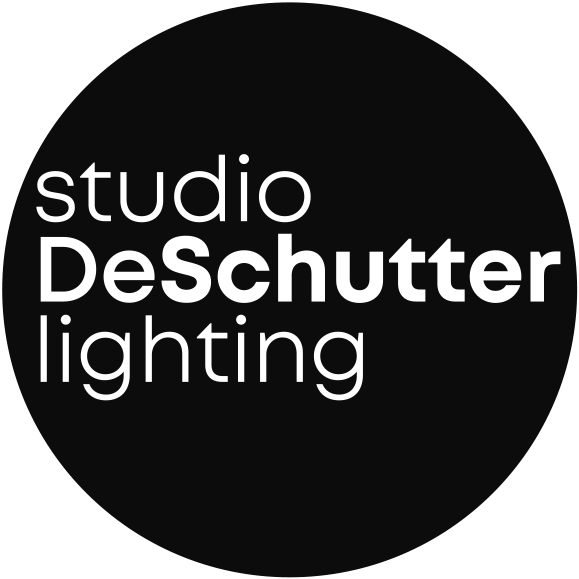Lighting in Dermatology - Precision Atmosphere and Safety in One System
Dermatology spaces respond sensitively to every lighting decision. This is where nuance matters. Tiny changes in skin structure or tone become visible only when lighting is honest consistent and balanced. At the same time people often enter these rooms with uncertainty. Lighting should therefore not only reveal but also reassure. Dermatological lighting always moves between technical precision and human comfort.
“Light defines whether something becomes visible — or becomes felt.”
— Studio De Schutter
Diagnostic Lighting – Where Every Detail Matters
Diagnostics require lighting that hides nothing and exaggerates nothing. Skin tones must appear exactly as they are. Neutral reliable unaltered.
Key factors include:
- a neutral colour temperature between 4000 and 5000 K
- a high colour rendering index CRI over 95
- a uniform shadow free distribution
When these criteria are met lighting supports every examination without distorting perception or causing visual fatigue.
Visual Comfort – Light That Remains Gentle
Skin reflects more light than most surfaces. Even small glare points can make fine details difficult to read. A calm soft lighting environment is essential. Bright enough for clarity gentle enough to remain comfortable.
Effective approaches (often) include:
- frosted or microprismatic diffusers
- several light sources rather than one dominant fixture
- indirect wall or ceiling lighting for visual softness
This creates a space that feels professional encourages focus and puts patients at ease.
Flexible Scenes – Dermatology Works in Light Modes
A dermatology practice cannot rely on static lighting. Examination consultation and documentation each require their own atmosphere. Lighting should adapt effortlessly.
Useful scene profiles include:
- Examination bright neutral white even
- Consultation softer slightly warmer less direct
- Documentation calm glare free contrast rich
Digital lighting control makes transitions intuitive and supports smoother workflows.
Atmosphere – Orientation and Emotional Impact
Beyond functional lighting design becomes something patients truly feel. The first impression the sense of direction and the emotional tone of the room. Dermatology appointments often carry tension and lighting can ease that moment significantly.
A warm reception tone indirect wall lighting and subtle accents build trust before anyone speaks. In the waiting area diffuse even lighting prevents harsh contrasts and reduces the sense of being observed. Warm white between 2700 and 3000 K creates closeness without losing professionalism.
Architecture also benefits. Linear lighting structures rooms and guides people naturally. Indirect lighting along the walls makes treatment rooms appear larger and communicates clarity and hygiene. Lighting becomes a quiet guiding system that offers safety without drawing attention to itself.
Practicality – Hygiene and Sustainable Systems
Dermatology practices operate smoothly only when all elements are robust and easy to maintain. Lighting included. Closed fixtures smooth surfaces and durable materials simplify cleaning and strengthen a hygienic impression. A system becomes truly professional only when it remains stable for years. Consistent colour even distribution and minimal maintenance.
Modern LEDs reduce heat maintain stable colour and significantly lower energy consumption. Presence sensors and constant light control ensure illumination always adapts to actual demand. The result is lighting that is economically efficient while remaining atmospherically calm. Ideally this brings together everything dermatology environments need. High precision lighting a clear architectural language and a sense of care and safety throughout the entire patient journey.
👉 Get in touch
👉 Subscribe to newsletter





